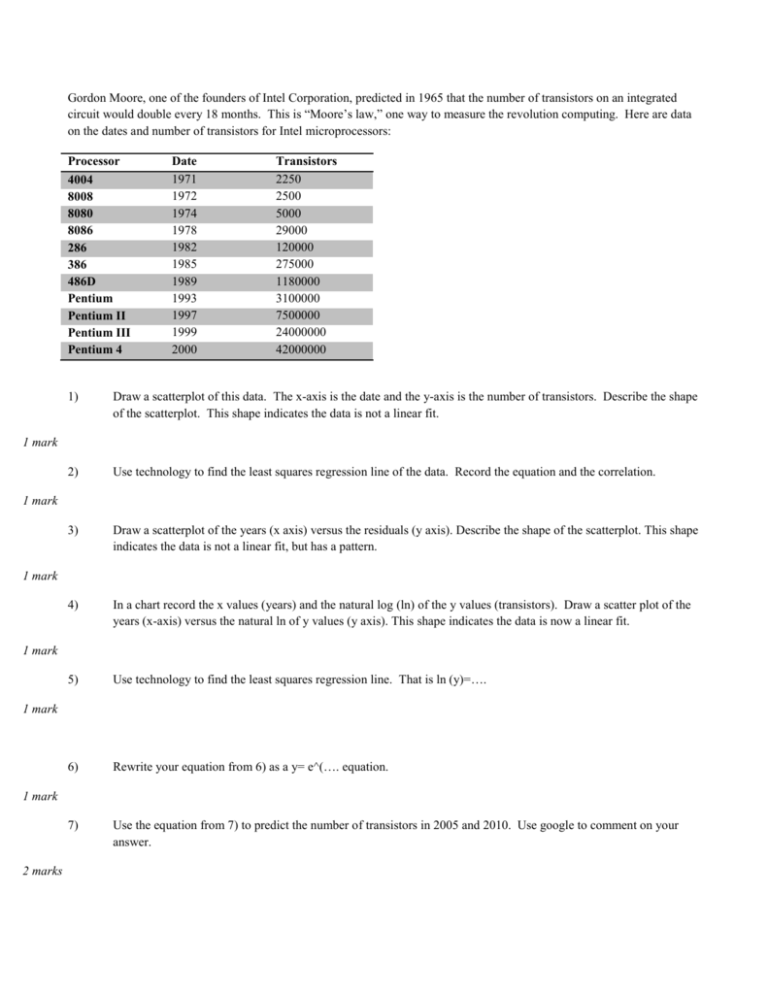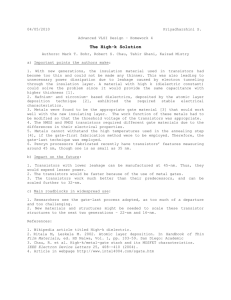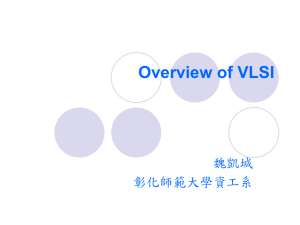computer chip assignment
advertisement

Gordon Moore, one of the founders of Intel Corporation, predicted in 1965 that the number of transistors on an integrated circuit would double every 18 months. This is “Moore’s law,” one way to measure the revolution computing. Here are data on the dates and number of transistors for Intel microprocessors: Processor 4004 8008 8080 8086 286 386 486D Pentium Pentium II Pentium III Pentium 4 Date 1971 1972 1974 1978 1982 1985 1989 1993 1997 1999 2000 Transistors 2250 2500 5000 29000 120000 275000 1180000 3100000 7500000 24000000 42000000 1) Draw a scatterplot of this data. The x-axis is the date and the y-axis is the number of transistors. Describe the shape of the scatterplot. This shape indicates the data is not a linear fit. 2) Use technology to find the least squares regression line of the data. Record the equation and the correlation. 3) Draw a scatterplot of the years (x axis) versus the residuals (y axis). Describe the shape of the scatterplot. This shape indicates the data is not a linear fit, but has a pattern. 4) In a chart record the x values (years) and the natural log (ln) of the y values (transistors). Draw a scatter plot of the years (x-axis) versus the natural ln of y values (y axis). This shape indicates the data is now a linear fit. 5) Use technology to find the least squares regression line. That is ln (y)=…. 6) Rewrite your equation from 6) as a y= e^(…. equation. 7) Use the equation from 7) to predict the number of transistors in 2005 and 2010. Use google to comment on your answer. 1 mark 1 mark 1 mark 1 mark 1 mark 1 mark 2 marks











